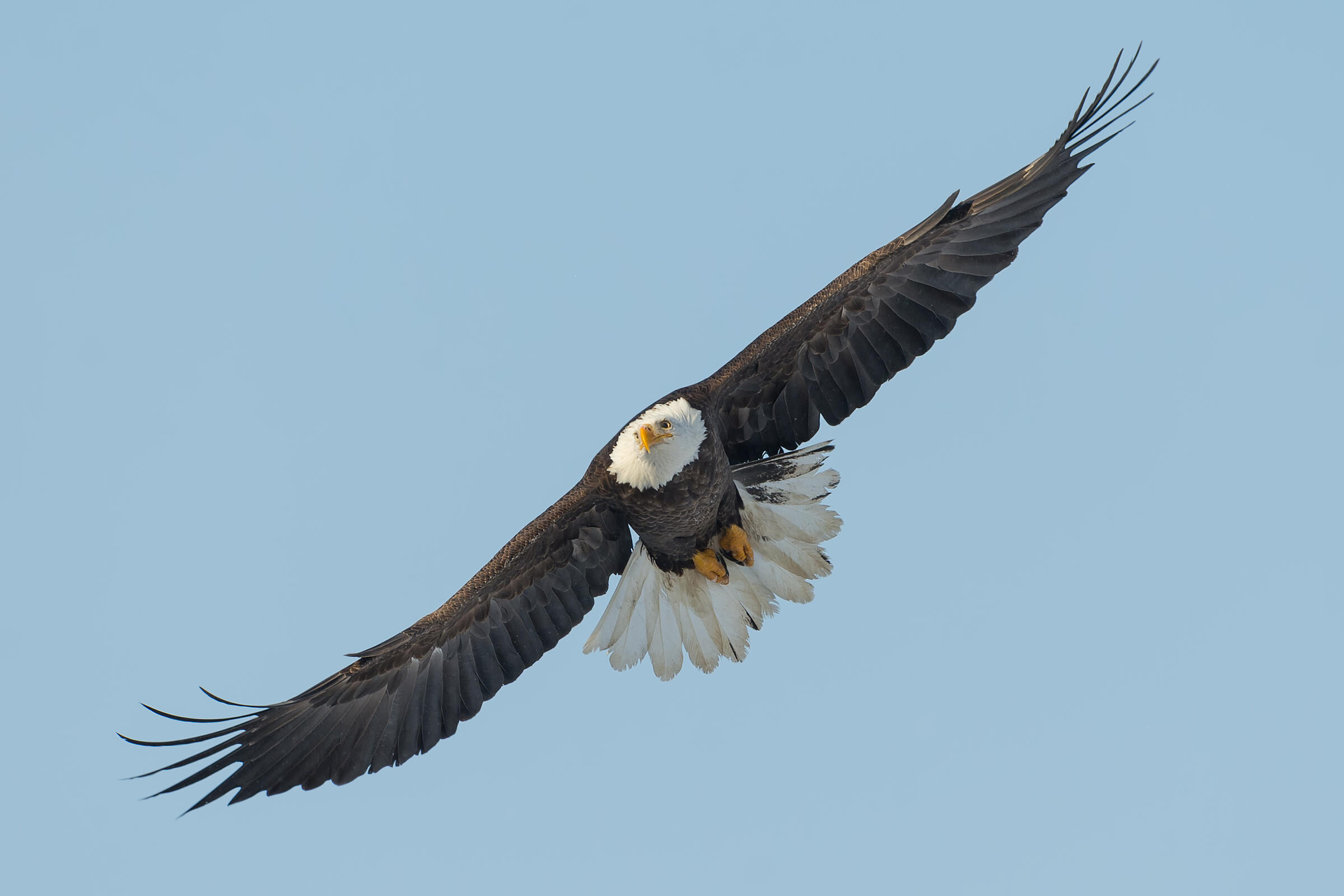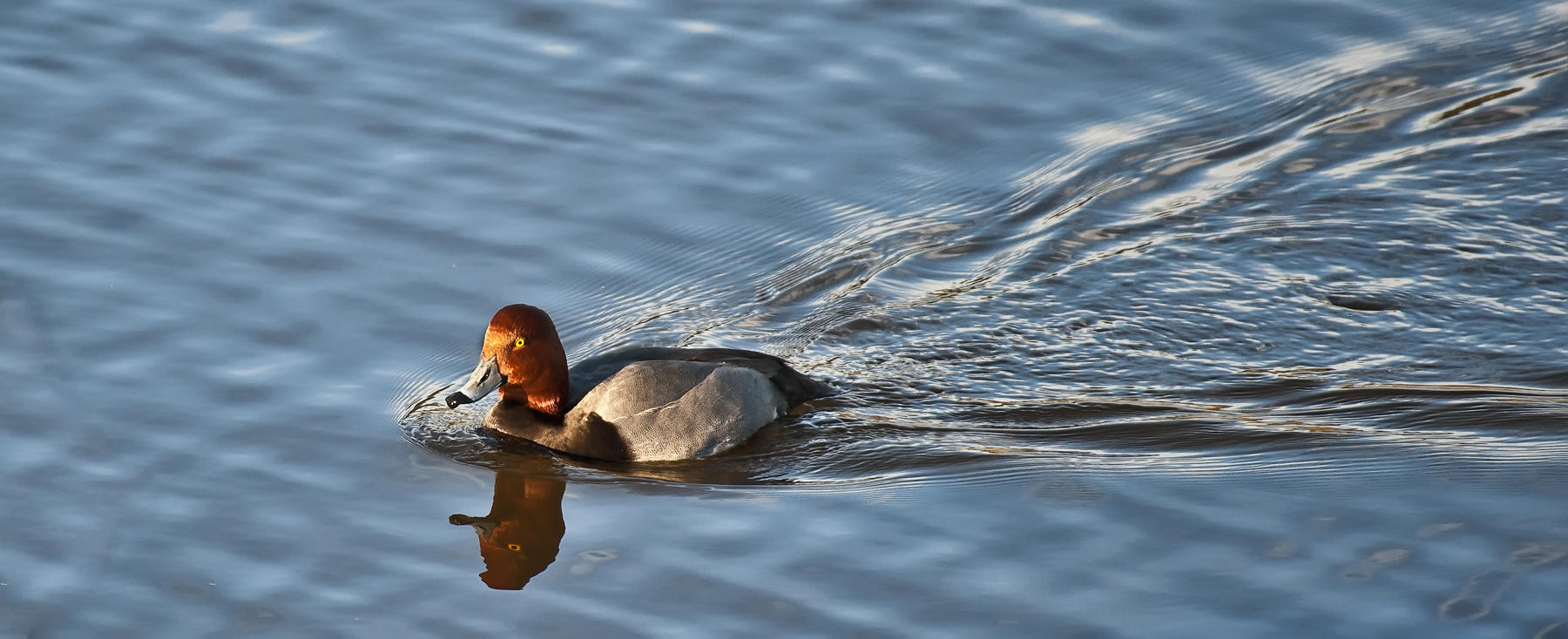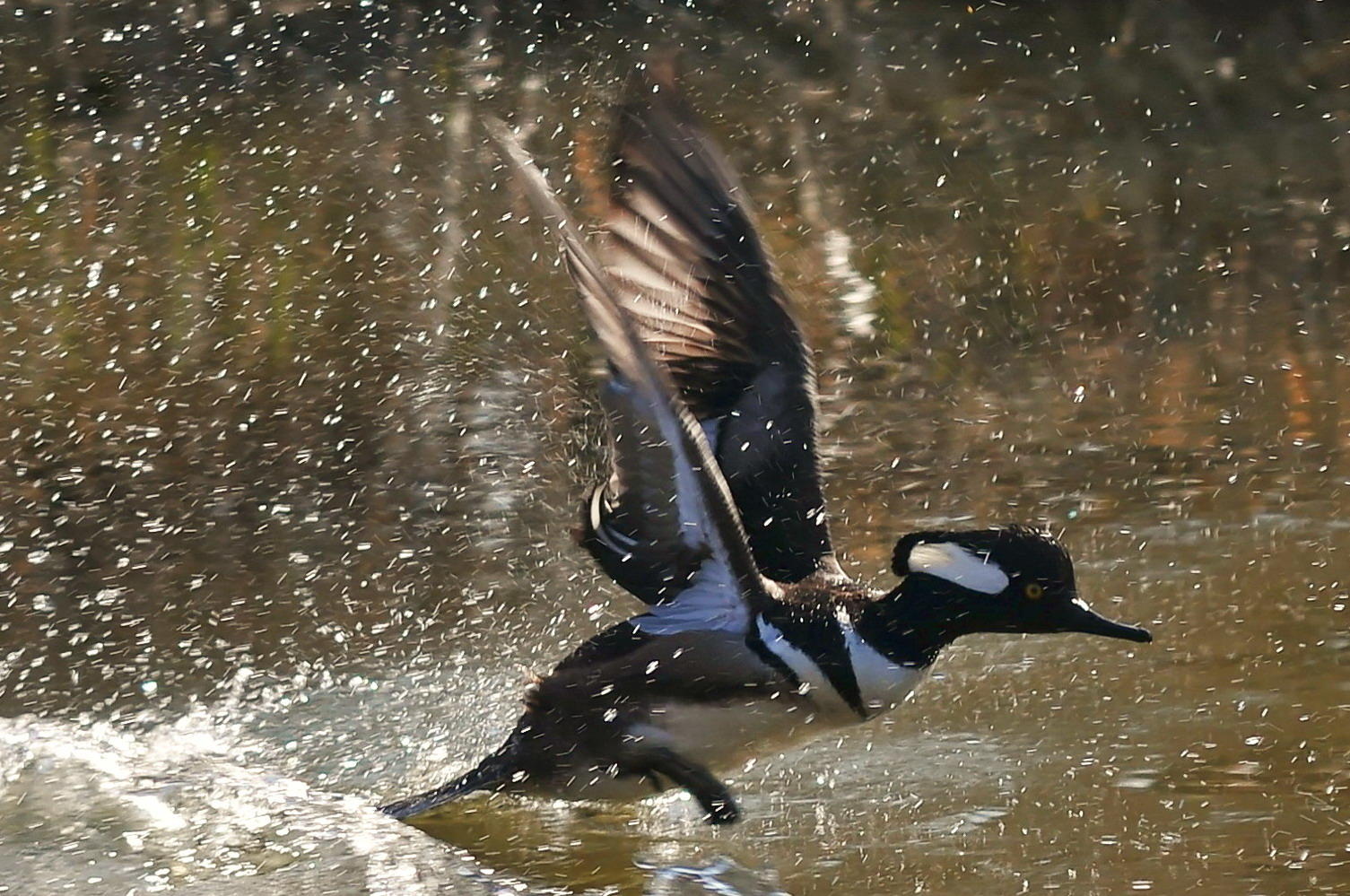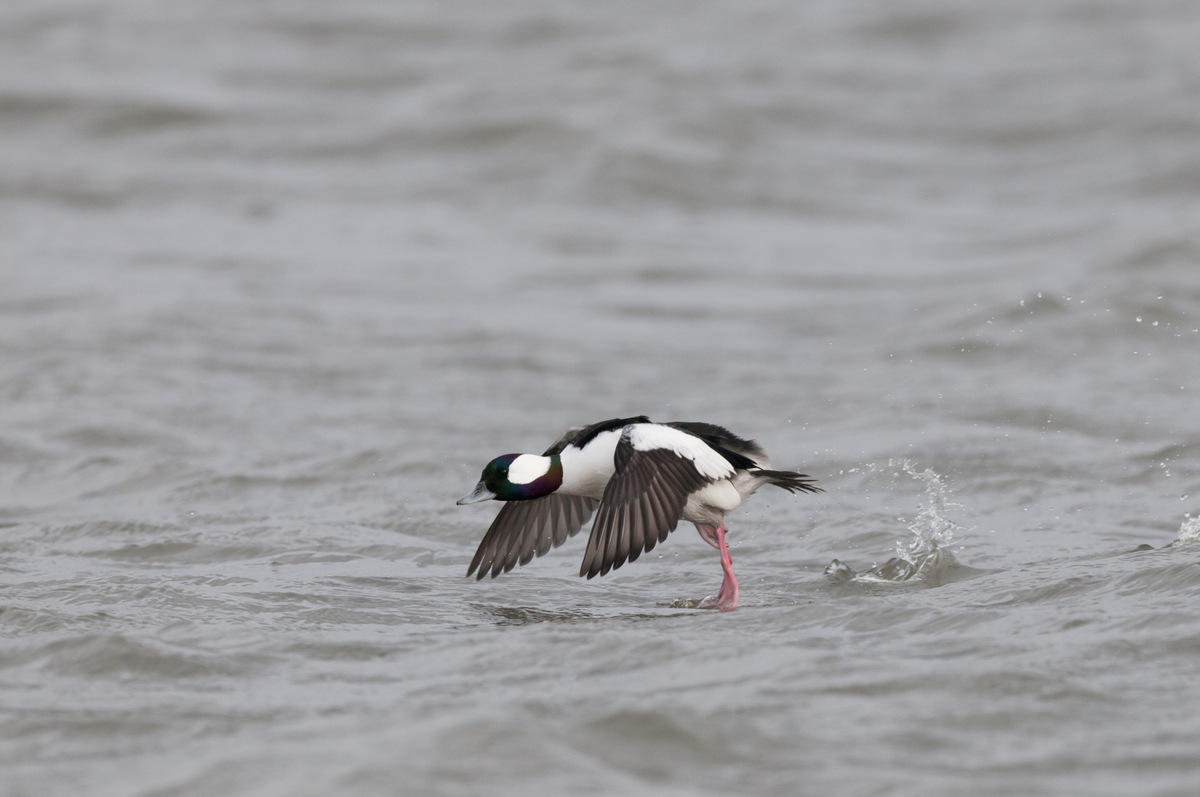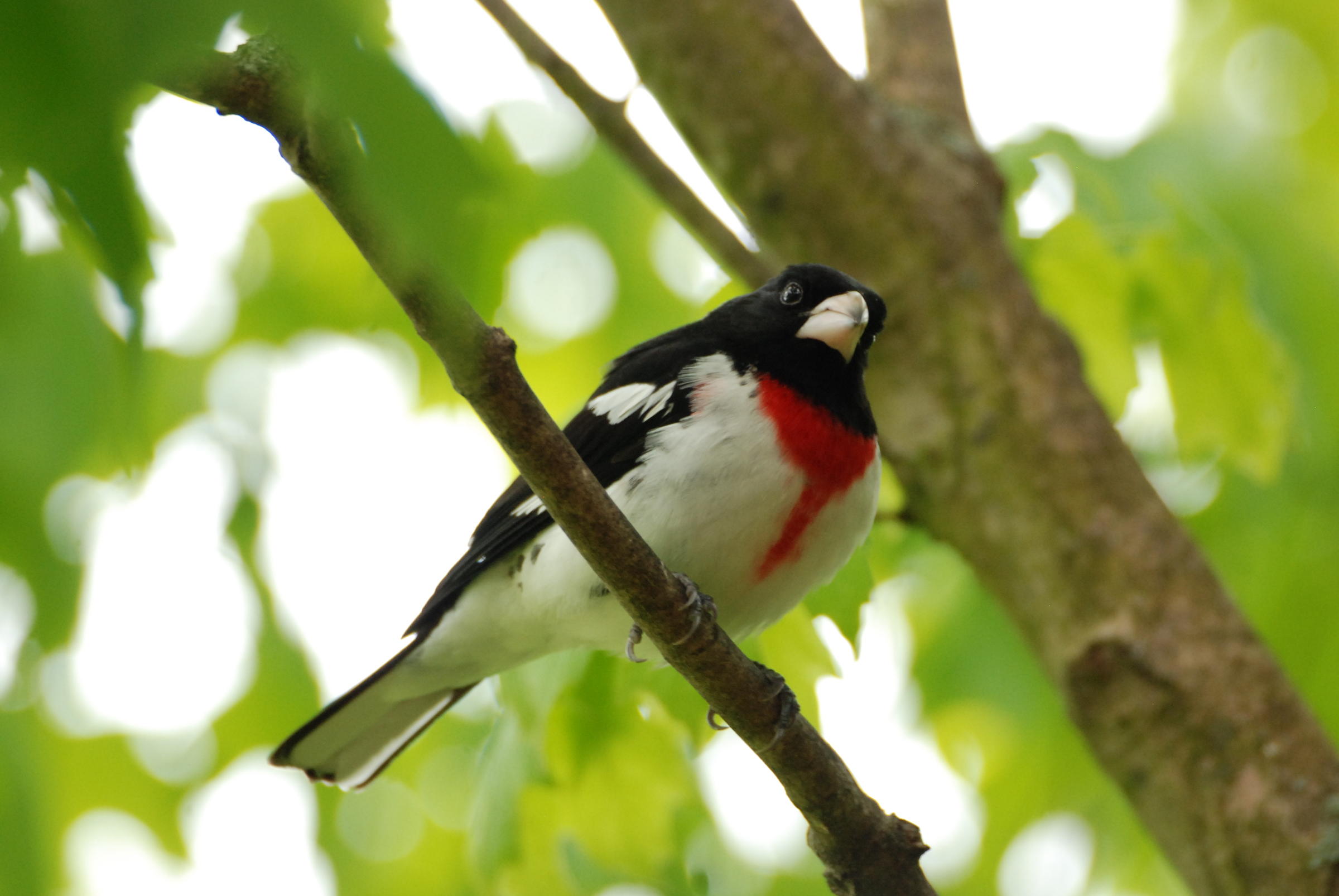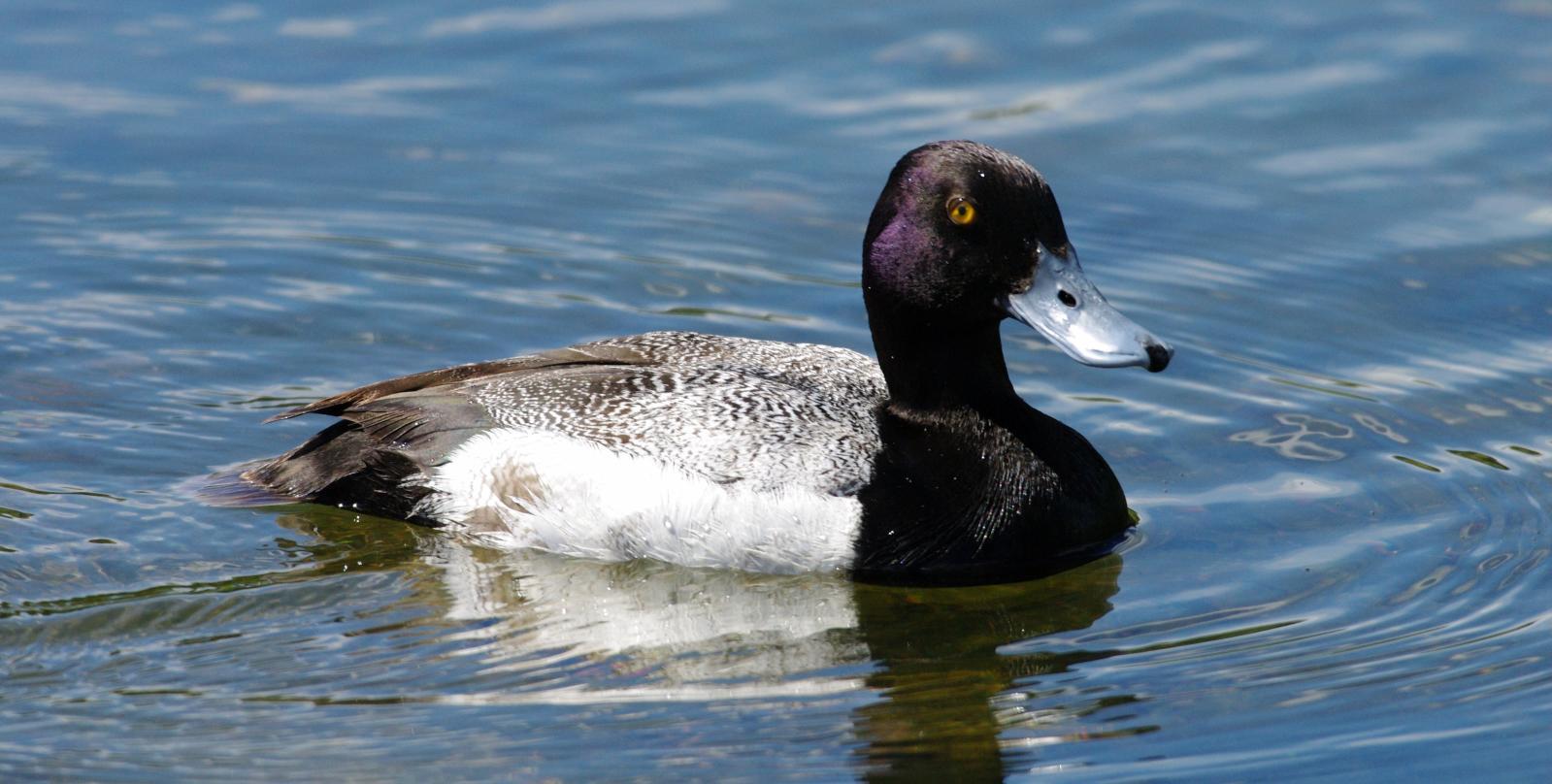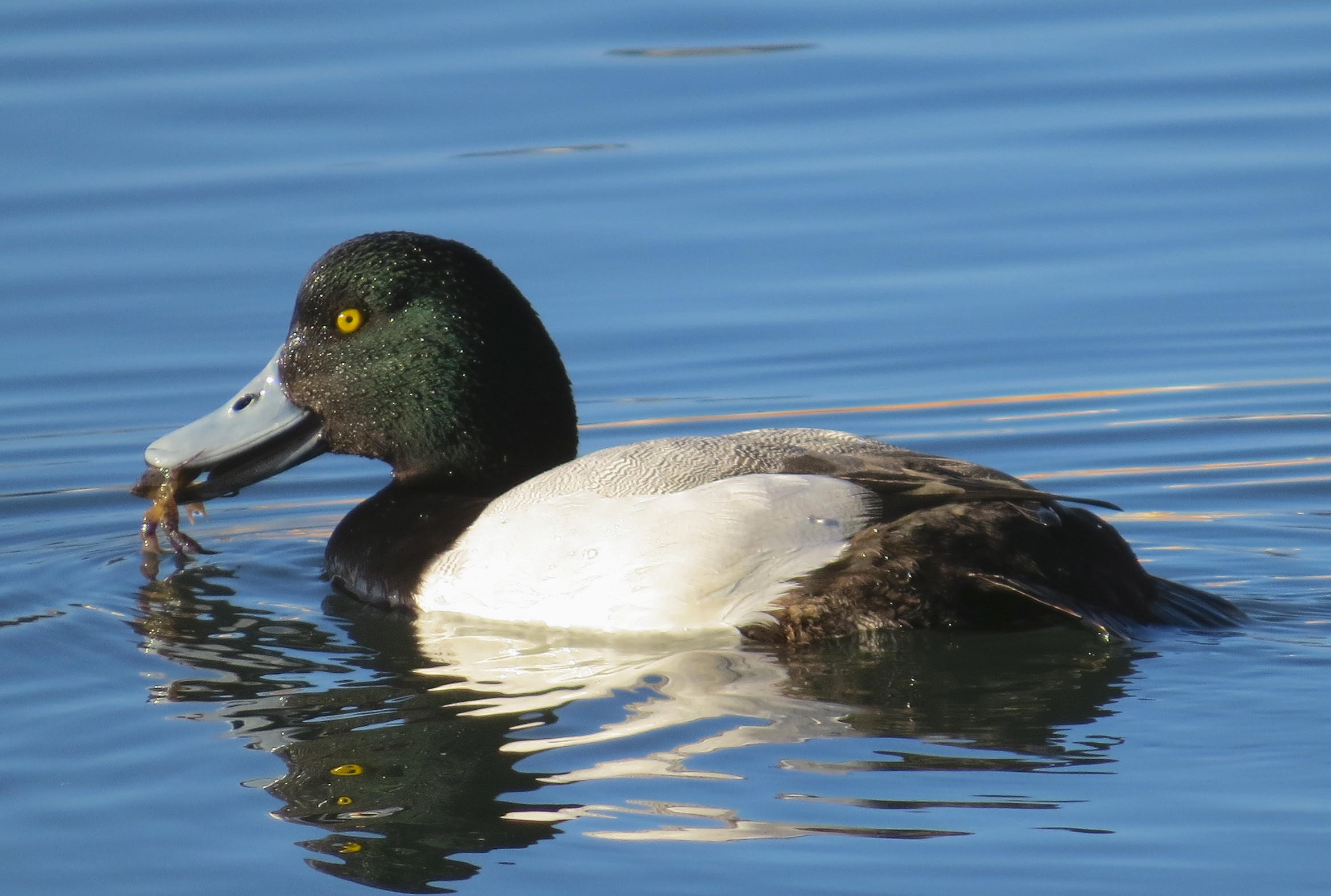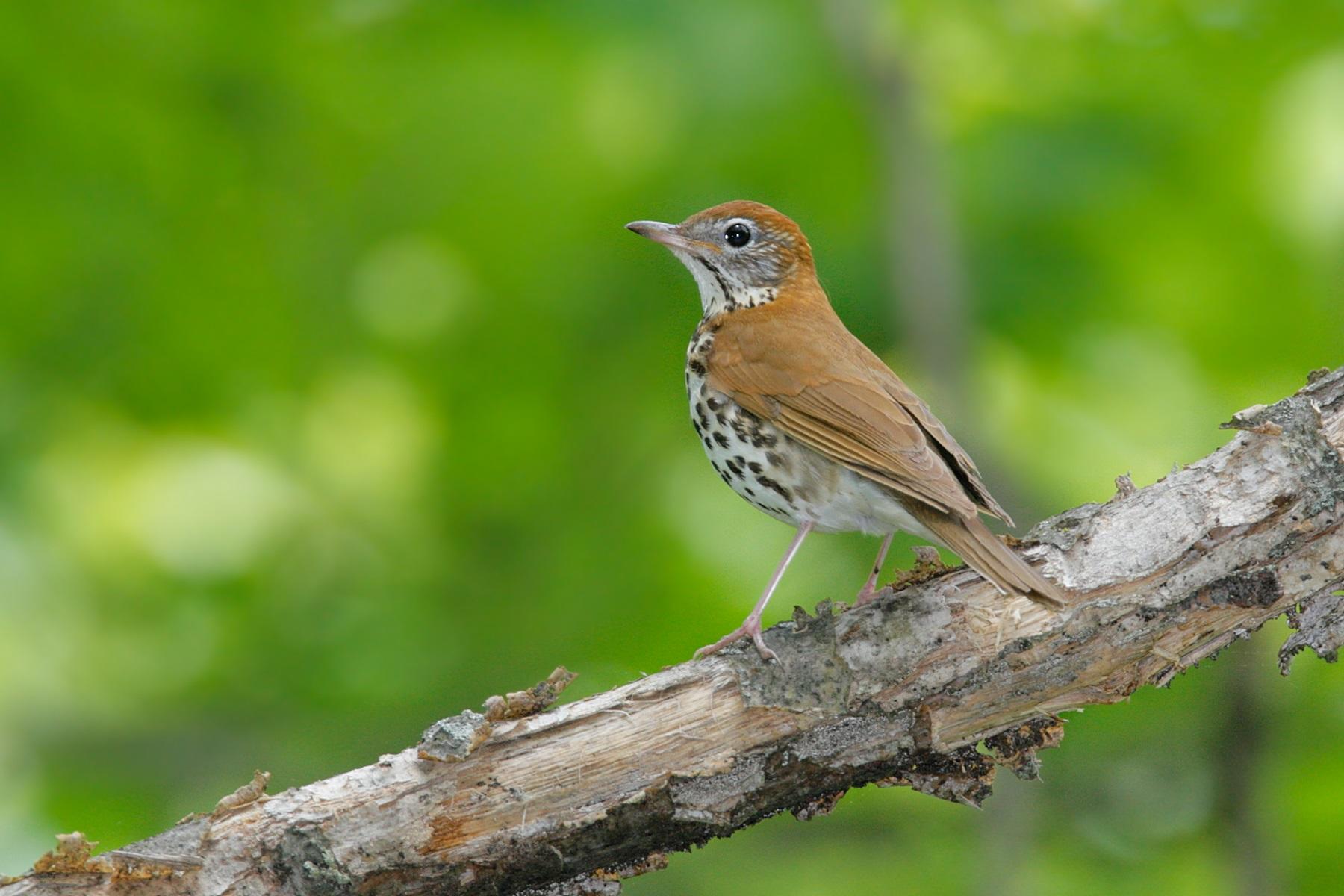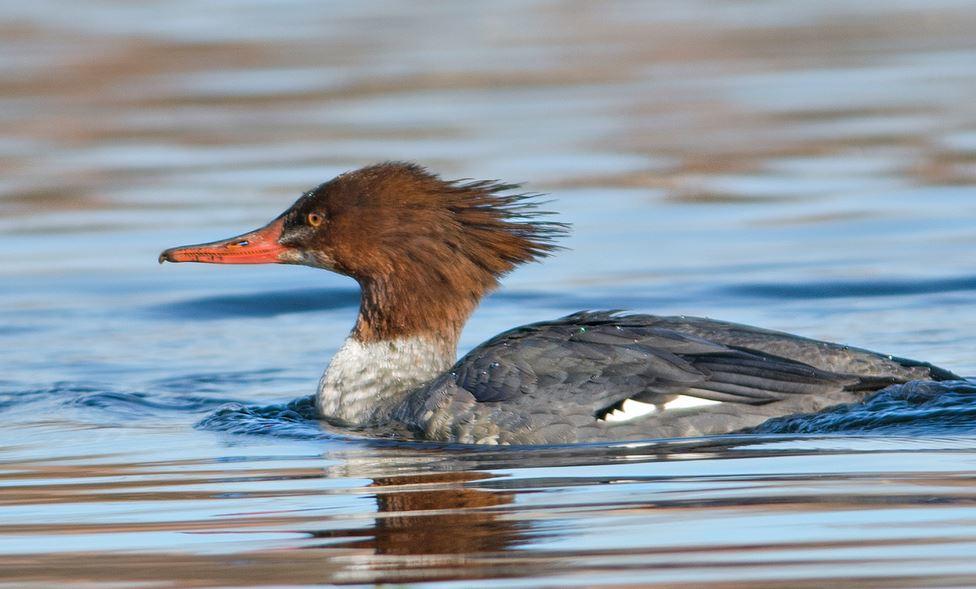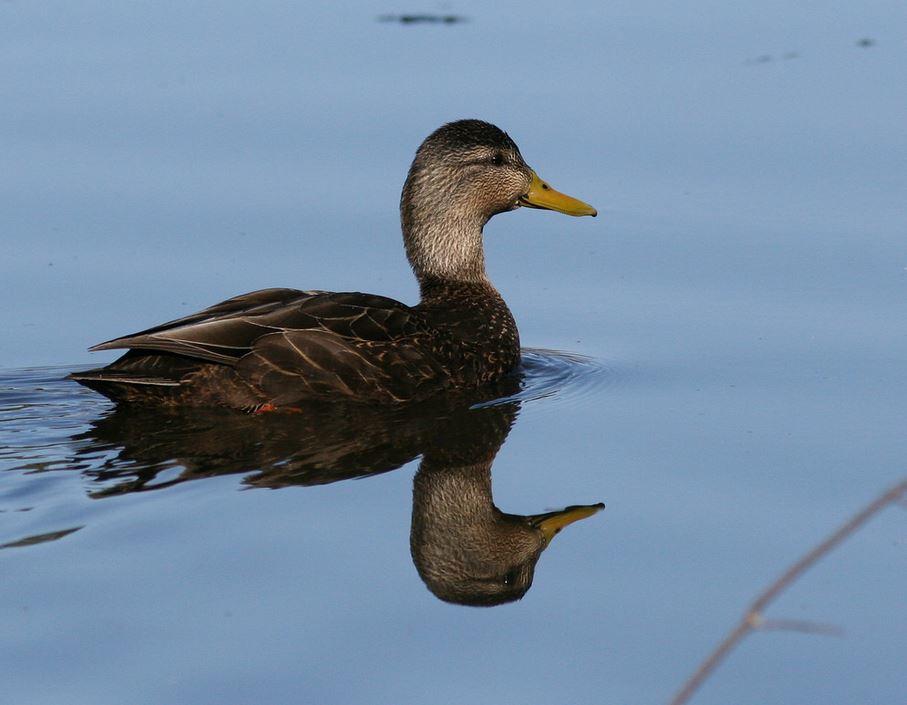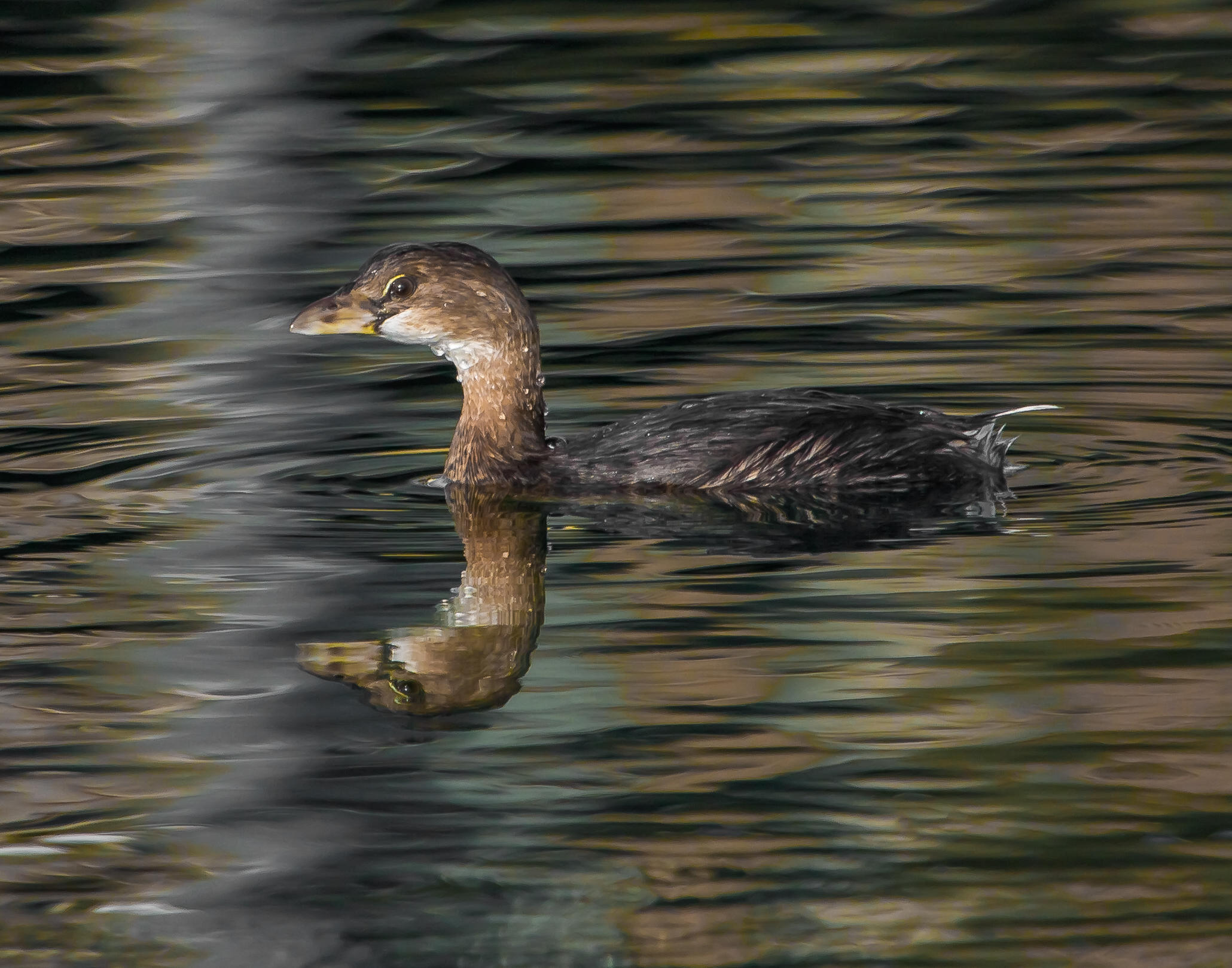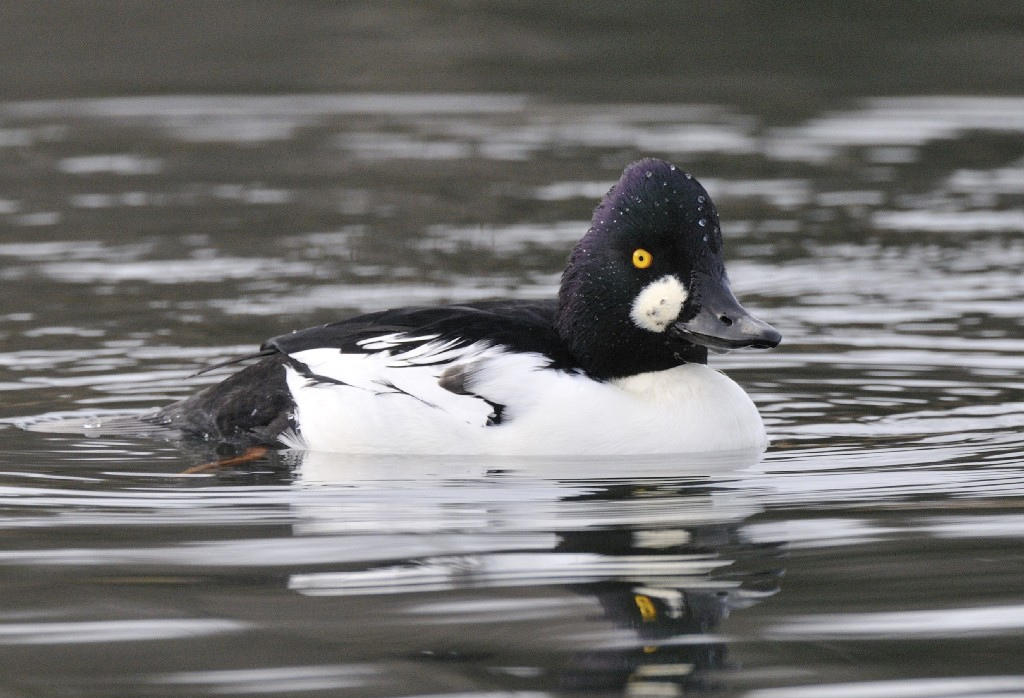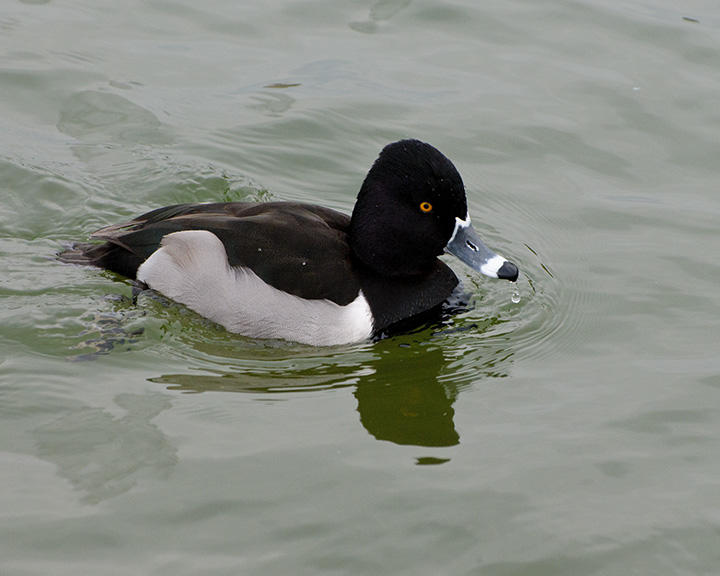The Importance of Onondaga Lake as an IBA
Did you know Onondaga Lake is one of the more than 130 IBAs in New York State?
What is an IBA? That's a great question! The Important Bird Area (IBA) program is an international bird conservation initiative with simple goals: to identify the most important places for birds and conserve them. Land achieves IBA designation after it is considered to meet a variety of standard scientific criteria that deems it crucial to the birds’ survival.
Identifying IBAs is a collaborative effort among state, national, and international non-governmental conservation organizations, state and federal government agencies, local conservation groups, academics, grassroots environmentalists, and birders. As a result, IBAs link global bird conservation priorities to local sites that provide critical breeding, feeding and nesting habitat for native and migrating birds. After an IBA has been identified, conservation efforts are often achieved through collaboration with the same partners.
New York's IBA program began in 1996, and since then Audubon New York has designated more than 100 sites as IBAs and evaluated existing IBAs to ensure they continue to meet the IBA criteria. New York’s network of IBAs has evolved over the years as more bird and habitat data have been collected.
What makes Onondaga Lake an IBA? Approximately five miles long and one mile wide, Onondaga Lake is adjacent to Syracuse—one of the major urban areas in upstate New York. Largely surrounded by industrial and urban development, Onondaga Lake is an important waterfowl wintering area, providing habitat, food and water sources that many bird species depend upon for survival during the cold winter months.
Birds: Some of the most abundant bird species that rely on Onondaga Lake are the Bald Eagle, Common Merganser, American Black Duck, Greater Scaup, Lesser Scaup, Common Goldeneye, Bufflehead, Hooded Merganser, Mallard, Redhead and Ring-Necked Duck. Bird species that can be seen during the warmer months along the lake trail include Pied-billed Grebe, Rose-breasted Grosbeak, Wood Thrush and Baltimore Oriole.
Conservation: Essential habitat and wildlife of Onondaga Lake are experiencing tremendous recovery as a result of lake cleanup that has spanned more than two decades and included millions of hours of intense effort from local officials and community members and under the supervision of state and federal regulatory agencies. The site is a recipient of the New York State Environmental Bond Act Funds as well as federal cleanup funds.
Audubon New York is proud to have partnered with Honeywell and other Central New York partners including State University of New York College of Environmental Science and Forestry (SUNY-ESF), Parsons, O’Brien & Gere, Anchor QEA, Syracuse University, Onondaga Audubon Society, Upstate Freshwater Institute, Sevenson Environmental Services and hundreds of community members including scientists, engineers, and skilled craft laborers to restore, protect and revitalize Onondaga Lake to its original role as a vital contributor to the ecosystem and economic health of Central New York.
Water quality improvements and the return of native plants to the habitat of Onondaga Lake and neighboring areas have provided significant nesting, feeding, and resting habitat for both migrating and overwintering birds in the area. Together, partners are monitoring and managing the lake and its watershed and improvement projects are coordinated between state, federal, and private entities. The Onondaga Lake Management Plan guides the restoration, conservation, and management of the lake to help ensure its status as an environmental treasure for future generations.
The Onondaga Lake recovery proves that where birds thrive, people thrive! For more information on the cleanup of Onondaga Lake, click here.
How you can help, right now
Donate to Audubon
Help secure the future for birds at risk from climate change, habitat loss and other threats. Your support will power our science, education, advocacy and on-the-ground conservation efforts.

